
Hello fellow travelers, it's a pleasure to greet you and wish you an excellent day. We are in November, and six days have passed. This month marks the anniversary of the city of Cumaná, and preparations for this grand celebration have already begun. Known as the firstborn city of the continent, Cumaná turns 510 years old. Sucre Street, where part of this grand celebration takes place, is adorned with beautiful colors for this important event. This month has been designated "Cumaná Month" in homage to the birthplace of the Grand Marshal of Ayacucho. I have mentioned before that the city boasts incredible colonial-style buildings, many of them located on Sucre Street. On this occasion, my visit aims to tour the Andrés Eloy Blanco House Museum, which is located on Sucre Street, across from Bolívar Square and next to the state government building.
It was a visit I had been meaning to make since the school holidays, when my son and I toured some of the city's plazas and sculptures.
We still have several to see, which I will share with you soon. Last week, while running errands downtown, we finally had the opportunity to visit the birthplace of the poet Andrés Eloy Blanco. My son was thrilled to finally be able to take the long-awaited tour. He had previously seen a photographic exhibition, but now it was possible to see the actual house. This prominent figure was born in the city of Cumaná and was renowned for his beautiful poems and important political and diplomatic positions.
The house is blue, and at the entrance there's a plaque identifying it as part of Venezuela's museums, another plaque stating that the poet was born there, and a beautiful sculpture located to the right of the main door. In this sculpture, the poet is seated on a bench, with a design typical of the period. When I saw the sculpture, I thought it was bronze, but one of the museum staff explained that it's a concrete sculpture painted bronze to give the appearance of the metal. The house has large windows, four at the front to be exact, and a rather tall door with two wooden leaves. Upon entering the house, to the right, there's a small reception room, a photograph of the poet, and very close to this room, a hallway leading to an office.
Hola amigos viajeros es un placer saludarles deseando que tengan un excelente día, estamos en el mes de noviembre y ha transcurrido seis días, en este mes cumple años la ciudad de Cumaná y desde ya, se han iniciado los preparativos para esta gran celebración, conocida como la primogénita del continente la ciudad arriba a 510 años, la calle Sucre que es el lugar donde se desarrolla parte de esta gran celebración, se viste de hermosos colores para tan importante evento, este mes se ha denominado como "el mes de Cumaná" en homenaje a la cuna del Gran Mariscal de Ayacucho, he comentado anteriormente, que la ciudad cuenta con increíbles construcciones del estilo colonial, muchas de ellas ubicadas en la mencionada calle Sucre, en esta oportunidad mi visita tiene como objetivo hacer un recorrido por la casa museo Andrés Eloy Blanco, que se ubica en la calle Sucre, frente a la plaza Bolívar y al lado de la sede de la gobernación del estado.
Era una visita que tenía pendiente desde el período de vacaciones escolares, cuando en compañía de mi hijo realizamos un recorrido conociendo algunas plazas y esculturas de la ciudad, de estas nos quedan varias por conocer, las cuales compartiré próximamente con ustedes; la semana pasada mientras realizábamos una diligencia en el centro de la ciudad, se presentó la oportunidad de finalmente visitar la casa natal del poeta Andrés Eloy Blanco, mi hijo se puso feliz porque podría hacer el ansiado recorrido, anteriormente había estado en una exhibición de fotografías, pero ahora si era posible conocer sus espacios, este destacado personaje nació en la ciudad de Cumaná y fue reconocido por su sus hermosos poemas e importantes cargos políticos y diplomáticos.
La casa es de color azul, en la entrada tiene una placa que la identifica como parte de los museos de Venezuela, otra placa donde dice que allí nació el poeta y una hermosa escultura ubicada en el frente al lado derecho de la puerta principal, en esta escultura el poeta está sentado en un banco, con diseño propio de la época; al ver la escultura pensé que era de bronce, pero uno de la encargado del museo me explicó que es una escultura hecha en concreto pero la pintaron con este color de bronce y da la apariencia de este metal, la casa tiene grandes ventanales, cuatro en el frente para ser exactos y una puerta bastante alta con dos hojas de madera, al entrar a la casa hacia el lado derecho se encuentra una pequeña sala de recepción, una foto del poeta y muy cerca de esta sala, un pasillo que conduce a una oficina.





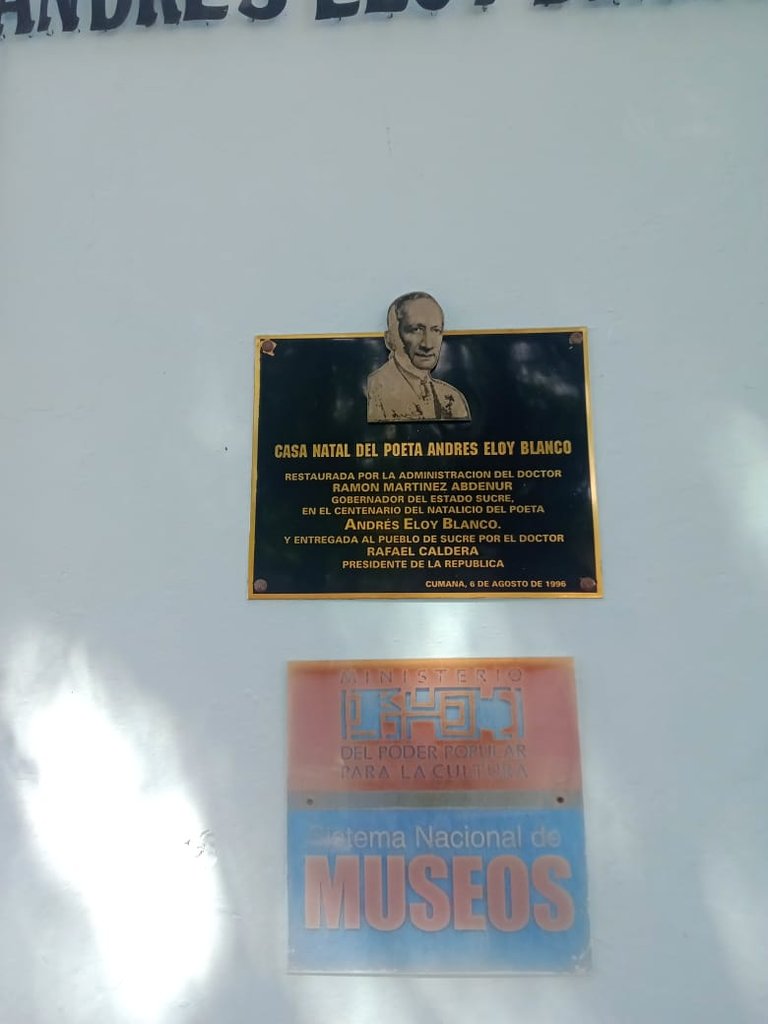


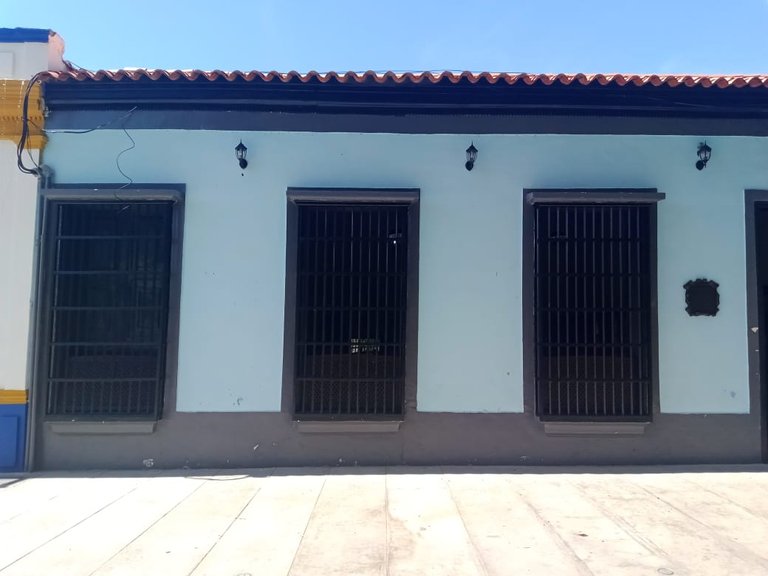

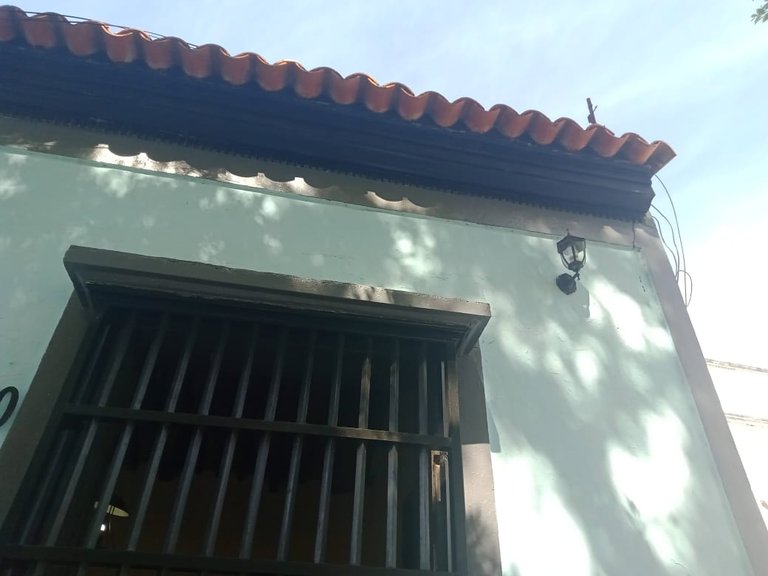






Having passed through the main hall, we proceed to the left and enter a beautiful room, where there is a library, a set of furniture, a piano, a small table with four chairs and a cross framed in a picture, according to the information of the guide this cross was given by the government of Mexico to the poet from Cumaná, the furniture in this room is red and looks elegant and original.
Then, through the side door of this room, we proceeded to one of the bedrooms. In it, there is a beautiful wooden bed with carved figures. Something that caught my attention is that the bedspreads are entirely crocheted and white. Also located in this room is a beautiful, rather large wooden display case, quite different from those usually used today. The room also has several photographs of the poet, a black chair, a very comfortable rocking chair, a dressing table from that era, and large windows with wooden grilles that overlook one of the hallways. Moving on, we find another room very different from the previous one. It is believed that this was Andrés Eloy's room. The bed is also made of wood, its bedspread is white and hand-crocheted, it has several photographs, and a chair in the corner, a common piece of furniture at the
Ya pasada la sala principal, avanzamos hacia la mano izquierda y entramos a una hermosa sala, donde se encuentra una biblioteca un juego de muebles, un piano, una mesa pequeña con cuatro sillas y una cruz enmarcada en un cuadro, según la información del guía está cruz fue obsequiada por el gobierno de México al poeta cumanés, los muebles de esta sala son de color rojo se ven elegantes y originales.
Luego por la puerta lateral de esta sala avanzamos hacia una de las habitaciones, en ella se encuentra una hermosa cama de madera con figuras talladas, algo que llamó mi atención es que los cobertores de la cama son totalmente tejidos a crochet y de color blanco, también se ubica en esta habitación un hermoso escaparate de madera bastante grande y muy diferente a los que regularmente se usan actualmente, la habitación cuenta también con varias fotografías del del poeta, una silla negra una mecedora muy cómoda, una peinadora de la época y las grandes ventanas con rejas de madera que dan hacia uno uno de los pasillos, avanzando encontramos otra habitación muy diferente a la anterior, se cree que esta era la habitación de Andrés Eloy, la cama es igualmente de madera, su cobertor blanco y tejido a mano, tiene varias fotografías y una silla en la esquina, un mueble común en la época.











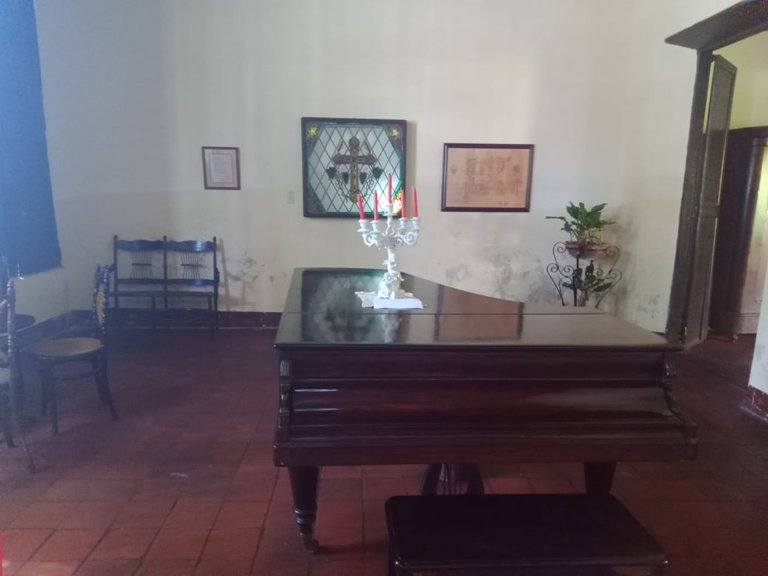

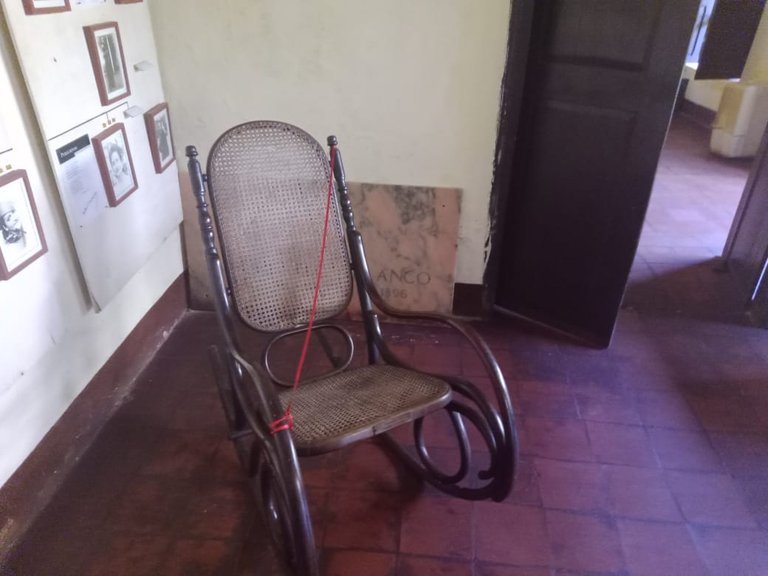


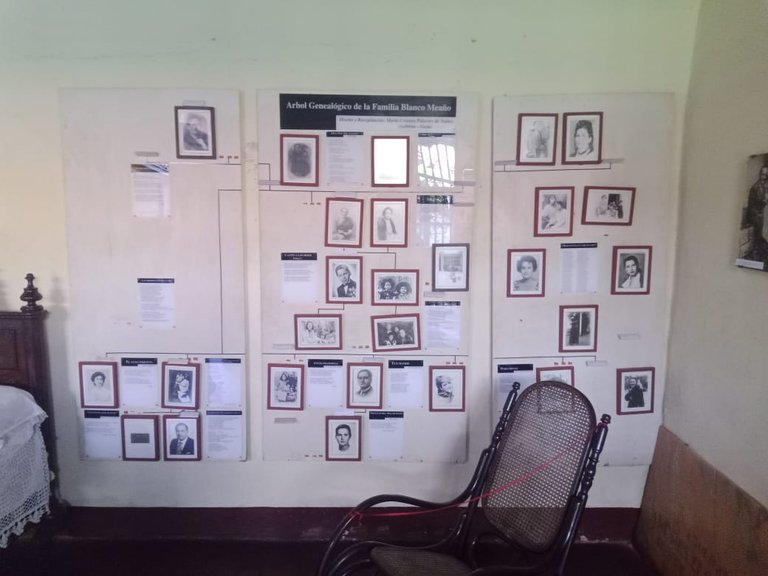



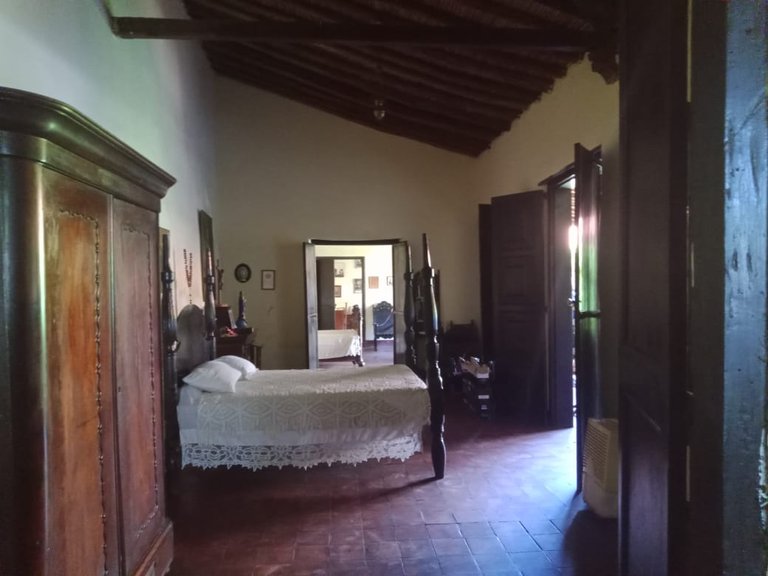




Upon leaving the room, we went to what was Blanco's office. This office has several paintings where the poet is seen accompanied by President Rómulo Gallegos. What I liked about this office was the desk, which has a trapezoidal design, and the telephone, which is one of the oldest.
To my surprise, on the desk there is a sign indicating that it was made by the poet. The office is decorated with paintings, a wooden sculpture in one of the corners, and a bench or chest. The curious thing about this office is that the chair faces away from the hallway window. After this office, I went to the right hallway, where you can see the windows, several photos of Andrés Eloy Blanco's family, a small trunk with several books, and a hallway that leads to the patio. In the center of the hallways is the garden.
Al salir de la habitación, pasamos a lo que fue la oficina de Blanco, esta oficina cuenta con varios cuadros donde se ve al poeta acompañado del presidente Rómulo Gallegos, lo que me gustó en esta oficina fue el escritorio que tiene un diseño en forma de trapecio y el teléfono, que corresponde a uno de los más antiguos.
Para mi sorpresa, en el escritorio hay un cartel donde se señala que este fue elaborado por el poeta, la oficina está decorada con cuadros, una escultura de madera en una de las esquinas, también hay un banco o cofre y lo curioso de esta oficina es que la silla da la espalda hacia la ventana del pasillo, luego de esta oficina me dirigí hacia el pasillo derecho, donde se observan las ventanas, varias fotos de la familia de Andrés Eloy Blanco, un pequeño baúl con varios libros y un pasillo que conduce al patio, en el centro de los pasillos se ubica el huerto.














Next, we went to the other library. This one is large, and we saw different shelves with books. There's a mirror and a beautiful black and white clock that I liked; it's in one of the corners next to the largest shelf. On the ceiling, there's a beautiful lamp that's original and belonged to the poet's family. The library has two large windows, a wooden door, and in front of it is a small garden, which was common in houses of this era, where grapes are grown among other fruits. There are also ornamental plants, but the grapevine is the one that takes up the most space.
To the left of this small garden or orchard, we find a photo gallery of Andrés Eloy Blanco in his different phases; here he appears with former president Rómulo Betancourt, and several important events in his career as minister of education and diplomat are reflected. This passageway also has two beautiful wooden benches and another chest, and at the end of the passageway,
after completing the tour, a book is signed to keep a record of the people who visit this beautiful place.
It was an interesting tour where we saw some utensils and furniture typical of the contemporary era. Most of the furniture in this house is original and belonged to the family of Andrés Eloy Blanco. The house museum is open to the public Monday through Friday, with special hours on Saturdays to accommodate the high demand from visitors. Since it's Cumaná's anniversary month and we're about to celebrate its birthday, visits and tours to the city's points of interest are increasing. That's why I took the opportunity to go with my son last week, while the birthday preparations were still underway. It was a lovely experience where we took a little trip back in time to the contemporary era and learned about the lifestyle of these families. One element that caught my attention was a wooden pedestal where they placed the earthenware jars to store water.
The clay jars are a type of refrigerator, but they're made of clay and shaped like larger, wider jugs. These vessels have the unique ability to keep water cold, and the taste is very different from the water we drink from the refrigerator. I hadn't seen these kinds of jars in years; I'd seen them before in the countryside. In this house, they're only on display, as they try to preserve the utensils and artifacts that belonged to the Blanco family so that new generations can learn about them. Afterward, we thanked the guide and headed to Bermúdez Street to run some other errands.
Seguidamente, pasamos hacia la otra biblioteca, esta es grande y en ella observamos diferentes anaqueles con libros, hay un espejo y un hermoso reloj blanco con negro que me gustó, este se encuentra en una de las esquinas y al lado del estante más grande, en el techo se observa una hermosa lámpara que es original y perteneció a la familia del poeta, la biblioteca tiene dos ventanas amplias, una puerta de madera y al frente de ella se ubica un pequeño jardín que era común en las casas de esta época, donde se cultiva entre otros frutos uva, hay también plantas ornamentales pero la planta que más abarca espacio en el terreno es la de de uva.
Al lado izquierdo de este pequeño jardín o huerto, encontramos una galería de fotos de Andrés Eloy Blanco en sus diferentes fases, acá aparece con el expresidente Rómulo Betancourt y se reflejan varios eventos importantes en su carrera como ministro de educación y diplomático, este pasillo cuenta también con dos hermosos bancos de madera y otro baúl y al final del pasillo,
finalizado el recorrido, se firma un libro para llevar un registro de las personas que visitan este hermoso lugar.
Fue un interesante recorrido donde pudimos conocer algunos utensilios y muebles propios de la época contemporánea, la mayoría de los muebles ubicados en esta casa son originales y pertenecieron a la familia de Andrés Eloy Blanco, la casa museo está abiertade lunes a viernes al público y hay horarios especiales los días sábados para atender la demanda de visitantes que tiene la casa; ya que estamos en el mes de Cumaná y próximos celebrar su cumpleaños, las visitas y tour en los lugares de interés de la ciudad se incrementan, por eso aproveché para ir con mi hijo la semana pasada, mientras aún están los preparativos para el cumpleaños, fue una linda experiencia donde hicimos un pequeño viaje en el tiempo a la época contemporánea y conocimos el estilo de vida de estas familias; un elemento que llamó mi atención también fue un pedestal de madera donde colocaban las tinajas para almacenar el agua.
Las tinajas son una especie de nevera pero están hechas con arcilla y tienen forma de jarra más grande y ancha, estas vasijas tienen la particularidad de conservar el agua fría y el sabor es muy diferente al agua que consumimos de la nevera, tenía años sin ver este tipo de vasijas, anteriormente las había visto en el campo, en esta casa solo están en exhibición, pues tratan de conservar en el tiempo los utensilios, objetos inmuebles que pertenecieron a la familia Blanco para que las nuevas generaciones puedan conocer muchos de ellos, al terminar agradecimos al guía y nos dirigimos a la calle Bermúdez para hacer otra diligencias.







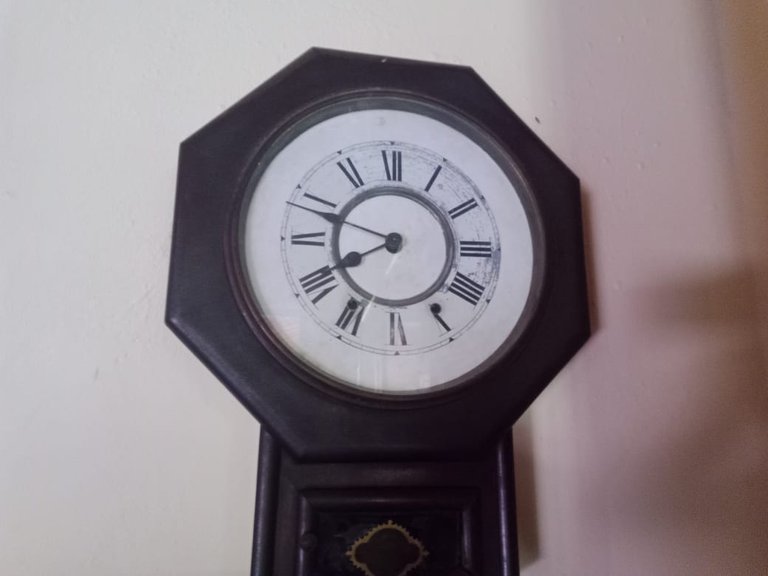




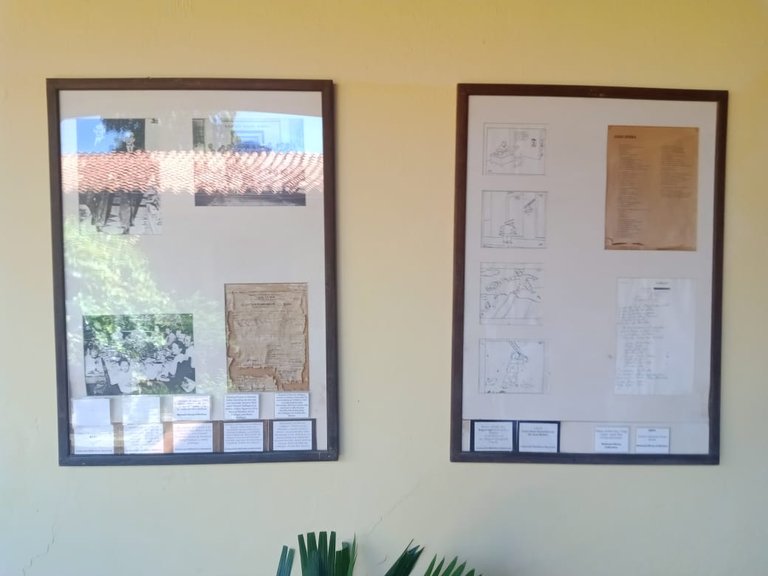

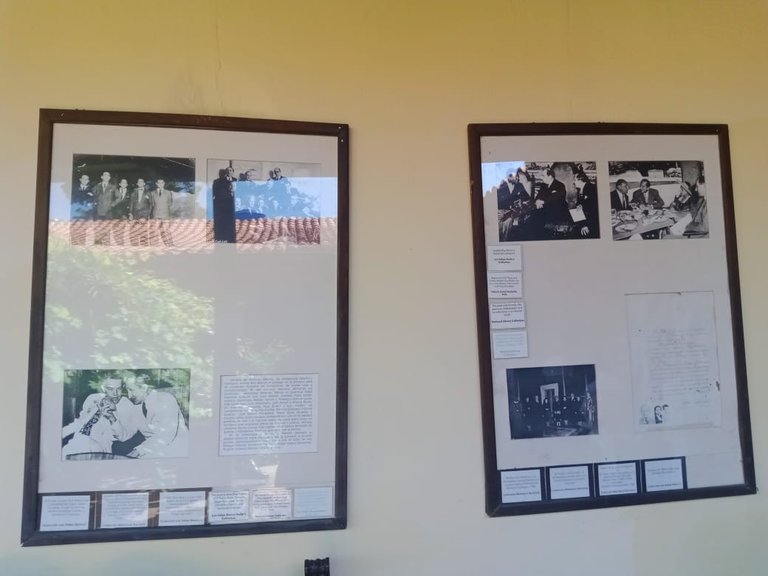

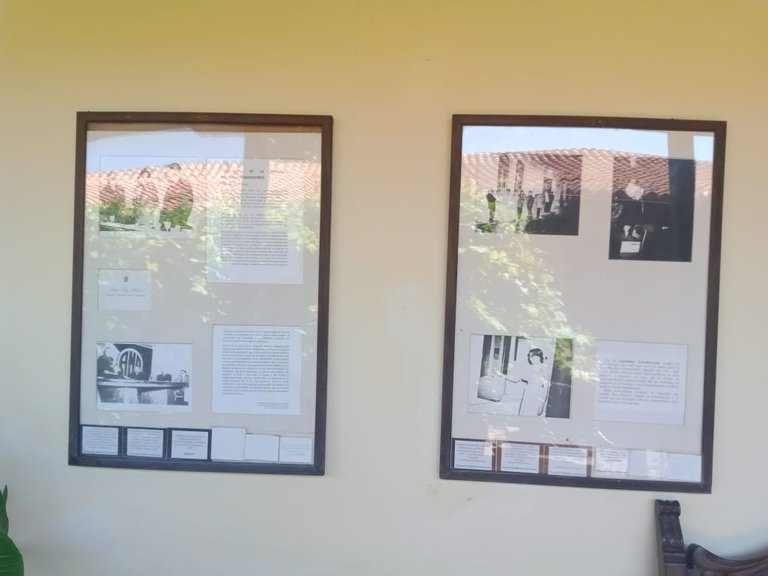

















Blessings!

¡Bendiciones!

Translated with https://www.deepl.com/translator
All images are my own.
Todas las imágenes son de mi autoría.
You can check out this post and your own profile on the map. Be part of the Worldmappin Community and join our Discord Channel to get in touch with other travelers, ask questions or just be updated on our latest features.
Muchas gracias @worldmappin
Saludos!
De nada, gracias a vos!
Que bonito me encanta ir a museos, este se ve muy bien cuidado todas sus cosas allí, esas casinos tienen su historia me encanta el recorrido que hiciste que bueno que a tu hijo le encantó.
Saludos @yolimarag, el museo tiene variados muebles de la época y se conserva en muy buen estado, además cuenta con una excelente ubicación en el centro histórico de la ciudad.
Feliz sábado!
Guao! Que casa tan hermosa tenia nuestro Andres Eloy Blanco. Muy conservados esos techos de teja y caña brava. Llena de tantos bonitos y llamativos detalles, como ese escritorio de diseño tan original. Gracias @belkyscabrera por mostrarnos esta joya de museo.
Saludos @gpache, es cierto, la casa es hermosa y con su característico jardín en el centro, las ventanas amplias permitían el paso de la luz solar, el escritorio es también mi favorito por su llamativo diseño.
Feliz sábado!
Hi @gpache, you're right, the house is beautiful, with its distinctive central garden and large windows that let in plenty of sunlight. The desk is also my favorite because of its striking design.
Happy Saturday!
This beautiful sculptured place in the city of Venezuela is interesting. I am happy to know that this wonderful museum with old used items is well-known in the city of Venezuela. The beautiful structure, natural area, interesting statues have been seen by curious visitors. However, the practical items of Andres Eloy Blanco and his family are very interesting in the present era. Thanks for sharing.
Hi @mdakash62, the house still contains various pieces of furniture belonging to the poet and his family. Visiting it is like stepping back in time to experience the lifestyle of that era.
Cheers!
You are right thank you
Happy weekend!
You are most welcome
😊🤗
😃
Hiya, @lauramica here, just swinging by to let you know that this post made it into our Top 3 in Travel Digest #2736.
Your post has been manually curated by the @worldmappin team. If you like what we're doing, please drop by to check out all the rest of today's great posts and consider supporting other authors like yourself and us so we can keep the project going!
Become part of our travel community:
Wow! muchas gracias @worlmappin y @lauramica por la mención y el apoyo
Feliz fin de semana!
Gracias por usar Worldmappin Belkys ❤️
Buen recorrido por la casa de nuestro Andrés Eloy Blanco. 🤗
Hola @anicruzmh, la casa tiene un lindo diseño propio de la época y variados muebles, las camas y la mesa son mis favoritas.
Saludos!
¡Felicitaciones!
1. Invierte en el PROYECTO ENTROPÍA y recibe ganancias semanalmente. Entra aquí para más información.
3. Suscríbete a nuestra COMUNIDAD, apoya al trail de @Entropia y así podrás ganar recompensas de curación de forma automática. Entra aquí para más información sobre nuestro trail.
4. Creación de cuentas nuevas de Hive aquí.
5. Visita nuestro canal de Youtube.
Atentamente
El equipo de curación del PROYECTO ENTROPÍA
Gracias por el apoyo equipo @entropia
Saludos!